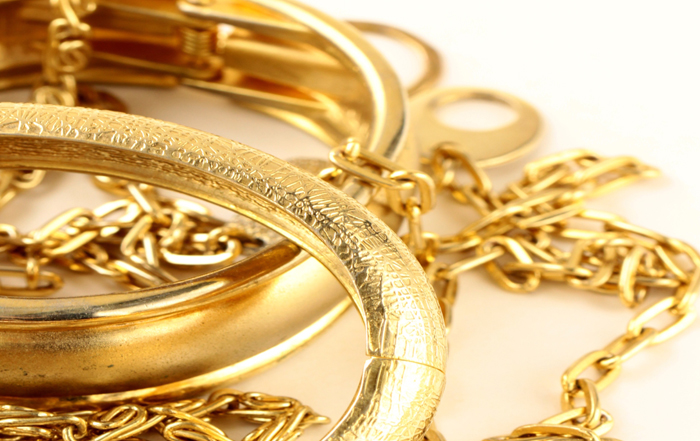Tracing the Process of Bullion from Ore Mining to Commerce Delivery
Wiki Article
Au has been a highly sought-after material for countless of years, treasured not only for its lustre but also for its usefulness in various markets. The course of gold begins with mineral procurement, a process that involves excavation. Miners explore for gold deposits in the earth, which can be found in different manifestations such as nuggets or grains mixed with other minerals. There are several methods of mining, including placer mining and hard rock mining. Placer mining involves extracting gold in riverbeds, while hard rock mining requires digging deep into the ground to remove gold-bearing rocks. Both methods can be resource-heavy and require careful preparation to be successful.
Once the ore is mined from the ground, it must be handled to separate the gold from other substances. This operation usually starts with breaking the ore into small pieces, making it easier to work with. After crushing, the ore is subjected with reagents to leach the gold. One common method is using cyanide, which binds with gold and allows it to be recovered from other minerals. This step is crucial because it enhances the concentration of the gold and readies it for further processing. The remaining substances are discarded as tailings, which must be managed properly to avoid environmental damage.
After the gold is removed from the ore, it goes through processing to achieve a higher level of cleanliness. This step often involves fusing the gold at intense temperatures to remove impurities. Various processes can be used for refining, including electrolytic refining and furnace refining. Electrolysis uses electrical energy to separate impurities from pure gold, while cupellation involves heating gold in a oxidizing furnace that removes unwanted materials. The final product is typically 99.9% refined gold, ready for best time to buy gold use in ornaments, electronic devices, and other purposes.

Once refined, gold is formed into bullion or coins before being supplied to markets around the world. Gold ingots are commonly used by banks as a form of financial asset or reserve asset. Rounds are often crafted for numismatists or general circulation, depending on their style and rarity. Supply chains include bulk sellers and retailers who sell gold products to end users. The price of gold changes based on buyer interest and supply factors, influencing how it is sold and traded across markets.
The entire process of gold from raw material recovery to market distribution highlights the challenge of this valuable metal’s production cycle. Each step requires attention to detail and skill to ensure that the final commodity meets performance criteria and fulfills end-user requirements. Grasping this process not only reveals how essential resources are extracted but also emphasizes the importance of sustainable extraction methods that support both communities and the natural surroundings. As the appetite for gold continues around visit the globe, understanding this cycle ensures that we honor its role beyond mere superficial beauty, acknowledging its place in our financial system and civilization.